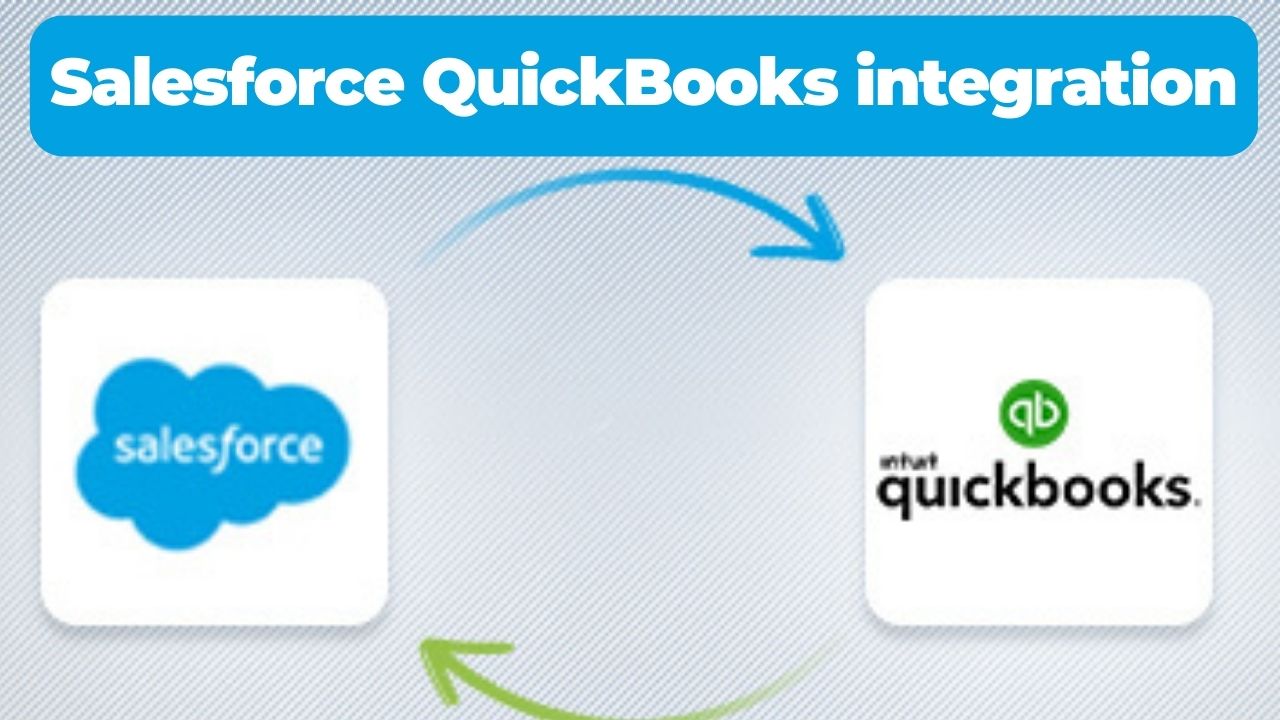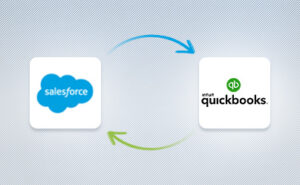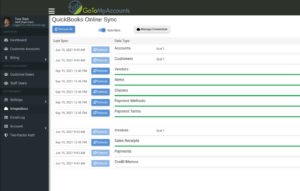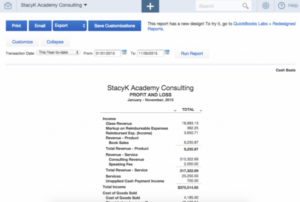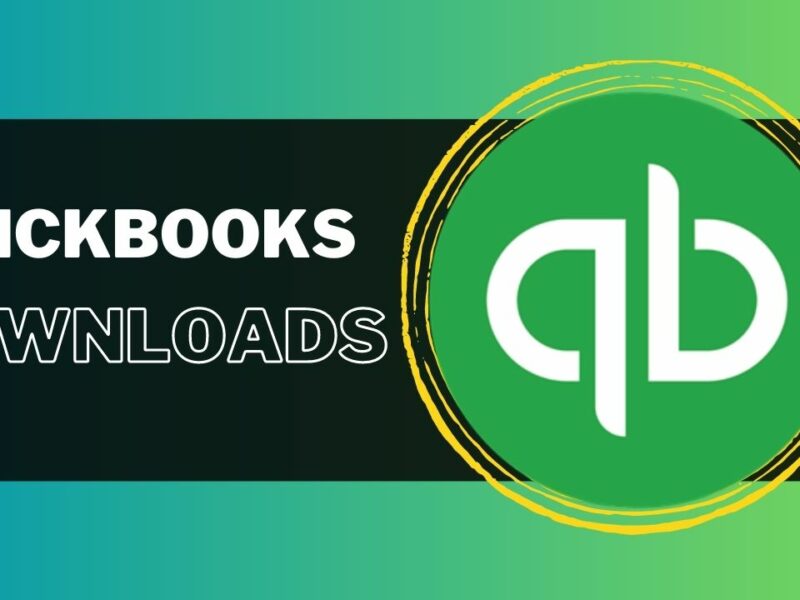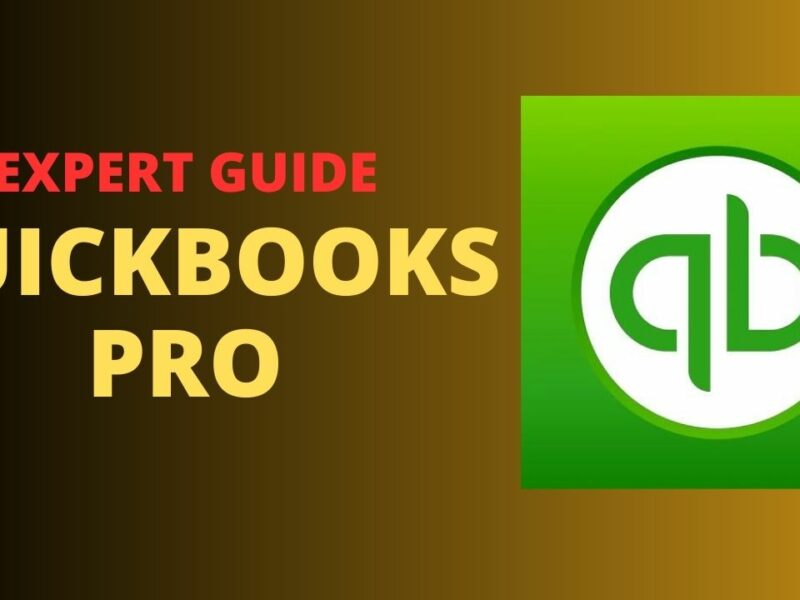As technology continues to evolve, businesses are looking for ways to streamline their operations and increase efficiency. One such way is by integrating their customer relationship management (CRM) system with their accounting software. Salesforce QuickBooks integration is a popular choice for many businesses as it offers numerous benefits. In this article, we’ll explore the benefits of integrating Salesforce with QuickBooks and how it can help your business.
What is Salesforce QuickBooks integration?
Salesforce QuickBooks integration refers to the process of connecting Salesforce, a cloud-based customer relationship management (CRM) platform, with QuickBooks, a cloud-based accounting software. Integrating these two systems enables businesses to synchronize data between the two platforms, eliminating the need for manual data entry and streamlining business operations.
By QuickBooks online Salesforce integration, businesses can ensure that customer and financial data is accurately shared between the two systems. For example, customer data entered in Salesforce can automatically sync with QuickBooks, eliminating the need for manual data entry. Similarly, sales data entered in Salesforce can be automatically transferred to QuickBooks, making it easier to manage accounting and financial operations.
QuickBooks online Salesforce integrations can help businesses save time and increase efficiency, as it eliminates the need for manual data entry and reduces the risk of data entry errors. It also ensures that both customer and financial data is up-to-date and accurate, making it easier for businesses to make informed decisions.
Benefits of integrating Salesforce with QuickBooks
In this section, we’ll discuss the benefits of integrating Salesforce with QuickBooks. We’ll explore how this integration can help businesses streamline their operations and increase efficiency.
1. Automatic data synchronization
In this subsection, we’ll explain how Salesforce QuickBooks integration enables automatic data synchronization between the two systems. We’ll also discuss how this can save businesses time and reduce the risk of errors.
2. Increased productivity
In this subsection, we’ll discuss how integrating Salesforce with QuickBooks can increase productivity by reducing the need for manual data entry and enabling employees to access real-time data.
3. Improved accuracy
In this subsection, we’ll explore how integrating Salesforce with QuickBooks can improve accuracy by reducing the risk of data entry errors and ensuring that all data is up to date.
4. Better financial reporting
In this subsection, we’ll discuss how integrating Salesforce with QuickBooks can help businesses generate more accurate financial reports by providing real-time data.
5. Enhanced customer service
In this subsection, we’ll explain how integrating Salesforce with QuickBooks can enhance customer service by providing employees with access to real-time customer data.
How to integrate Salesforce with QuickBooks?
Integrating Salesforce with QuickBooks can be a complex process, but following the right steps can ensure a successful integration. Here are seven steps to integrate Salesforce with QuickBooks:
- Determine your integration requirements: Identify what data you want to integrate and how often you want to synchronize the data between the two systems.
- Choose a third-party integration tool: Select a tool that can connect Salesforce with QuickBooks and automate data synchronization between the two systems. Examples of such tools include Zapier, Workato, and Bedrock Data.
- Install the integration tool: Install the chosen integration tool in both Salesforce and QuickBooks.
- Configure the integration tool: Configure the integration tool to map the fields in Salesforce with those in QuickBooks. This step ensures that data is accurately transferred between the two systems.
- Test the integration: Before going live, test the integration to ensure that the data is being accurately synchronized between Salesforce and QuickBooks.
- Go live: Once the integration is tested and configured correctly, go live and start synchronizing data between Salesforce and QuickBooks.
- Monitor the integration: Regularly monitor the integration to ensure that it is functioning correctly and troubleshoot any issues that may arise.
Conclusion
In this section, we’ll summarize the key points of the article and reiterate the benefits of Salesforce QuickBooks integration. We’ll also encourage businesses to consider this integration to streamline their operations and increase efficiency.
Frequently Asked Questions (FAQs)
Q.1 Do I need any special technical skills to integrate Salesforce with QuickBooks?
You don’t need any special technical skills to Salesforce QuickBooks integration. However, you may need to have some basic understanding of both systems to configure the integration tool and ensure that the data is accurately synchronized between the two systems.
Q.2 Can I customize the data that is synchronized between Salesforce and QuickBooks?
Yes, you can customize the data that is synchronized between Salesforce and QuickBooks. For example, you can choose to synchronize customer data, sales data, create invoices, payments, and more, depending on your business requirements.
Q.3 What integration tools can I use to connect Salesforce with QuickBooks?
There are several integration tools available that can connect Salesforce with QuickBooks, such as Zapier, Workato, and Bedrock Data. You can choose a tool based on your business requirements, budget, and technical expertise.

